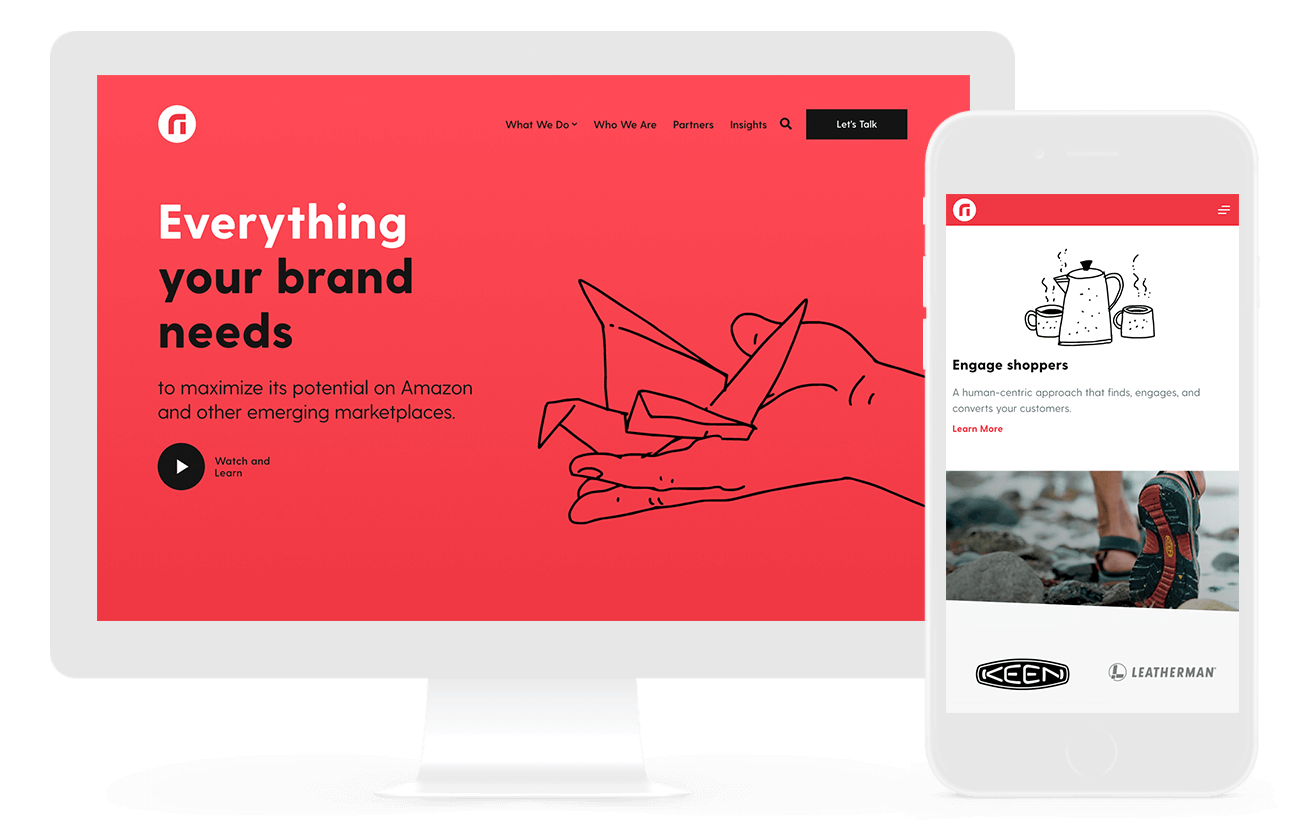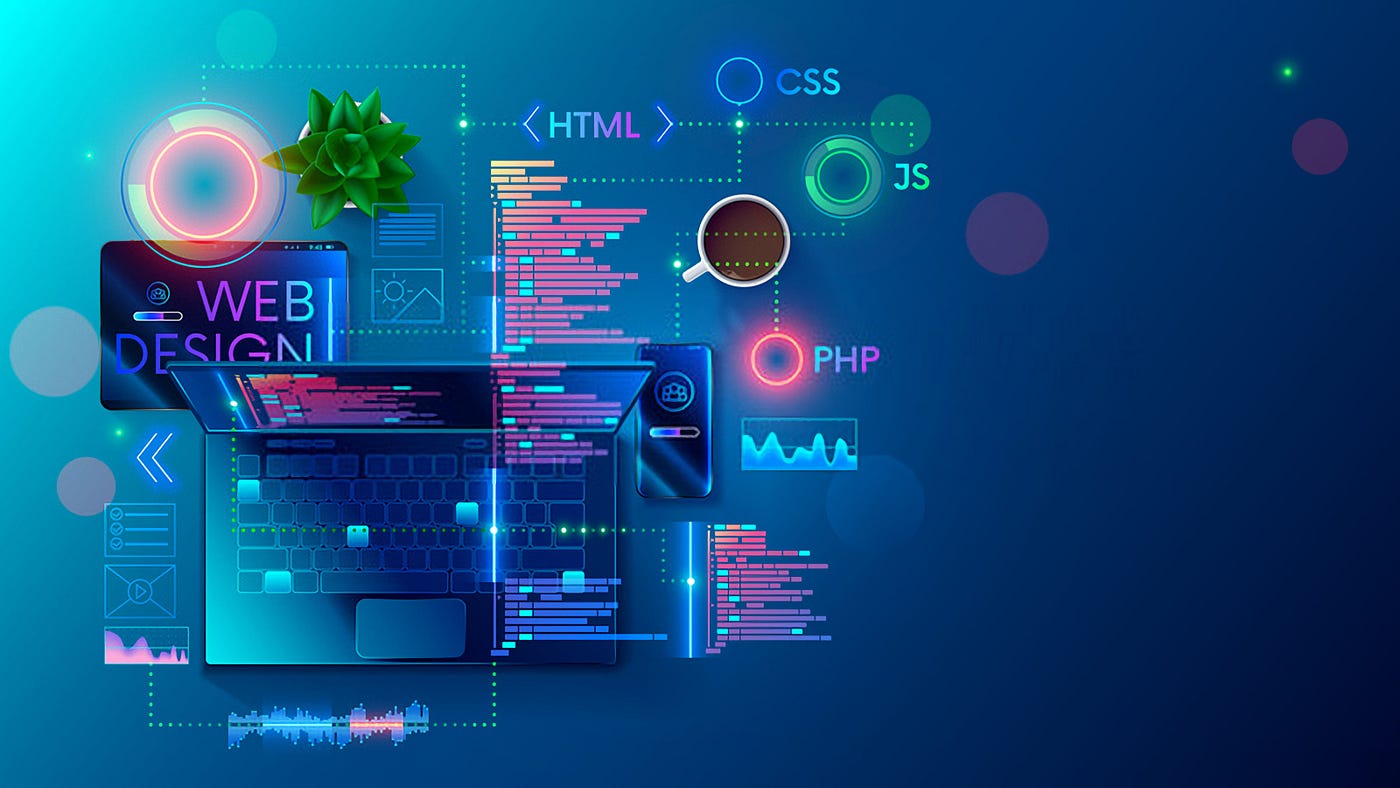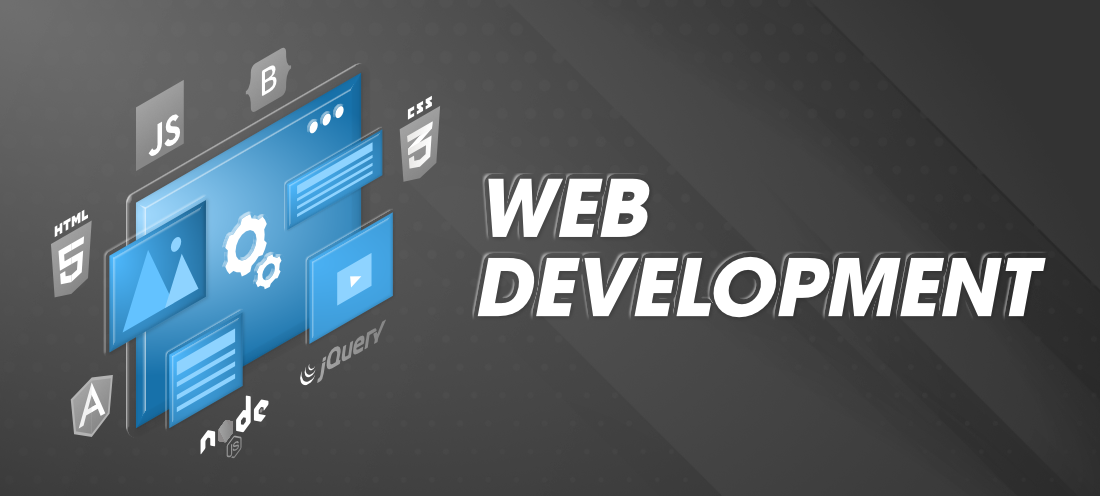All Categories
Featured
Table of Contents
- – Web Designer: Learn The 9 Skills You Need In 2...
- – Web Design Museum 1991 – 2006 Tips and Tricks:
- – Web Design Service - Professionally Designed ...
- – Web Design Courses & Tutorials - Codecademy T...
- – 10 Principles Of Good Web Design - Smashing M...
- – What Is A Web Designer? (2022 Guide) - Brains...
- – Responsive Web Design Certification - Freeco...
- – Top Web Design Companies - Find Web Designer...
- – Pueblo Web Design Tips and Tricks:
- – Web Design Museum 1991 – 2006 Tips and Tricks:
- – What Is Web Design? A Comprehensive Guide - ...
Web Designer: Learn The 9 Skills You Need In 2022 - Skillcrush Tips and Tricks:
Quick summary Functionality and the energy, not the visual style, identify the success or failure of a website. Given that the visitor of the page is the only individual who clicks the mouse and for that reason decides whatever, user-centric design has established as a basic approach for successful and profit-oriented website design - web design frederick md.
and the utility, not the visual design, identify the success or failure of a website. Because the visitor of the page is the only person who clicks the mouse and therefore decides everything, user-centric design has ended up being a standard method for successful and profit-oriented website design. After all, if users can't use a function, it might too not exist.
g. where the search box must be placed) as it has actually already been performed in a number of short articles; rather we focus on the approaches which, utilized properly, can cause more sophisticated style choices and simplify the process of viewing presented information. Please notice that you may be interested in the usability-related posts we've released prior to: Principles Of Excellent Website Design And Efficient Web Style Guidelines, In order to use the principles appropriately we initially require to understand how users connect with websites, how they believe and what are the fundamental patterns of users' behavior.
Web Design Museum 1991 – 2006 Tips and Tricks:
Visitors glimpse at each brand-new page, scan a few of the text, and click on the very first link that catches their interest or vaguely resembles the thing they're looking for. There are big parts of the page they do not even look at. The majority of users search for something interesting (or helpful) and clickable; as quickly as some appealing candidates are found, users click.
If a page offers users with premium content, they are prepared to compromise the material with advertisements and the design of the site. This is the factor why not-that-well-designed websites with premium material acquire a lot of traffic over years. Material is more crucial than the style which supports it.

Users don't check out, they scan. Notification how "hot" areas abrupt in the middle of sentences. This is normal for the scanning process. Really basic concept: If a site isn't able to fulfill users' expectations, then designer stopped working to get his task done properly and the business loses cash. The higher is the cognitive load and the less user-friendly is the navigation, the more ready are users to leave the site and search for options.
Web Design Service - Professionally Designed Websites Tips and Tricks:
Neither do they scan webpage in a direct fashion, going sequentially from one website section to another one. Instead users satisfice; they pick the first reasonable choice. As quickly as they discover a link that appears like it may result in the goal, there is an extremely excellent opportunity that it will be immediately clicked.
It doesn't matter to us if we comprehend how things work, as long as we can utilize them. If your audience is going to act like you're designing billboard, then style terrific billboards." Users wish to have the ability to manage their internet browser and depend on the constant data presentation throughout the site.
If the navigation and website architecture aren't intuitive, the variety of concern marks grows and makes it harder for users to comprehend how the system works and how to obtain from point A to point B. A clear structure, moderate visual ideas and easily recognizable links can help users to find their course to their objective.
Web Design Courses & Tutorials - Codecademy Tips and Tricks:

claims to be "beyond channels, beyond items, beyond circulation". What does it imply? Because users tend to explore websites according to the "F"-pattern, these 3 statements would be the very first aspects users will see on the page once it is packed. The style itself is simple and user-friendly, to understand what the page is about the user needs to browse for the answer.
When you've accomplished this, you can interact why the system is helpful and how users can take advantage of it. People won't use your website if they can't discover their way around it. 2. Do Not Misuse Users' Persistence, In every job when you are going to provide your visitors some service or tool, attempt to keep your user requirements very little.
Novice visitors want to, not filling long web kinds for an account they might never utilize in the future. Let users check out the site and find your services without requiring them into sharing private information. It's not reasonable to require users to get in an email address to check the function.
10 Principles Of Good Web Design - Smashing Magazine Tips and Tricks:
Stikkit is an ideal example for an easy to use service which requires nearly nothing from the visitor which is inconspicuous and soothing. And that's what you desire your users to feel on your web website. Obviously, Termite requires more. The registration can be done in less than 30 seconds as the form has horizontal orientation, the user does not even require to scroll the page.
A user registration alone is adequate of an impediment to user navigation to minimize inbound traffic. 3. Handle To Focus Users' Attention, As websites provide both fixed and vibrant content, some elements of the interface draw in attention more than others do. Undoubtedly, images are more appealing than the text simply as the sentences marked as strong are more appealing than plain text.
Focusing users' attention to particular locations of the site with a moderate usage of visual components can assist your visitors to get from point A to point B without thinking of how it in fact is supposed to be done. The less enigma visitors have, the they have and the more trust they can establish towards the business the site represents.
What Is A Web Designer? (2022 Guide) - Brainstation® Tips and Tricks:
Make Every Effort For Function Exposure, Modern web designs are normally slammed due to their method of directing users with visually appealing 1-2-3-done-steps, big buttons with visual impacts etc. From the style viewpoint these aspects really aren't a bad thing.
The site has 9 main navigation options which are visible at the very first glimpse. What matters is that the content is well-understood and visitors feel comfy with the way they interact with the system.
Rather a rate: simply what visitors are looking for. An ideal option for efficient writing is touse short and concise phrases (come to the point as rapidly as possible), use scannable layout (classify the content, utilize numerous heading levels, use visual elements and bulleted lists which break the circulation of uniform text blocks), use plain and unbiased language (a promotion does not require to sound like ad; provide your users some reasonable and unbiased reason why they must use your service or stay on your site)6.
Responsive Web Design Certification - Freecodecamp.org Tips and Tricks:
Users are hardly ever on a site to take pleasure in the style; in addition, in the majority of cases they are looking for the info despite the style - web design frederick md. Make every effort for simpleness rather of complexity. From the visitors' perspective, the finest website design is a pure text, without any ads or further content blocks matching precisely the inquiry visitors utilized or the content they have actually been searching for.
Finch clearly presents the info about the website and gives visitors a choice of options without overcrowding them with unneeded material. Not only does it assist to for the visitors, but it makes it possible to view the details provided on the screen.
Complex structures are harder to read, scan, analyze and work with. If you have the choice between separating two style segments by a visible line or by some whitespace, it's generally better to utilize the whitespace service. (Simon's Law): the better you handle to offer users with a sense of visual hierarchy, the simpler your material will be to perceive.
Top Web Design Companies - Find Web Designers Here Tips and Tricks:
The very same conventions and guidelines should be applied to all elements.: do the most with the least amount of hints and visual aspects. Four major indicate be considered: simplicity, clarity, diversity, and emphasis. Simpleness consists of only the elements that are crucial for communication. Clarity: all components should be designed so their significance is not ambiguous.
Conventions Are Our Pals, Conventional design of website elements doesn't result in a boring web website. It would be an use problem if all sites had various visual discussion of RSS-feeds.
comprehend what they're getting out of a website navigation, text structure, search placement etc. A normal example from functionality sessions is to equate the page in Japanese (assuming your web users do not understand Japanese, e. g. with Babelfish) and provide your usability testers with a job to discover something in the page of different language.
Pueblo Web Design Tips and Tricks:
Test Early, Test Often, This so-called TETO-principle should be applied to every web design project as use tests often supply into considerable problems and concerns related to an offered layout. Test not too late, not too little and not for the incorrect reasons.
Some essential indicate bear in mind: according to Steve Krug, and testing one user early in the job is much better than screening 50 near completion. Accoring to Boehm's first law, errors are most regular during requirements and design activities and are the more costly the later they are removed.
That suggests that you develop something, test it, fix it and then evaluate it again. There might be issues which have not been found during the very first round as users were almost obstructed by other issues. functionality tests. Either you'll be pointed to the problems you have or you'll be indicated the absence of major design flaws which is in both cases a helpful insight for your task.
Web Design Museum 1991 – 2006 Tips and Tricks:
This holds for designers too. After you have actually worked on a site for few weeks, you can't observe it from a fresh viewpoint anymore. You know how it is developed and for that reason you know exactly how it works you have the knowledge independent testers and visitors of your website would not have.
It can be connected to other areas such as graphic style, user experience, and multimedia arts, but is more aptly seen from a technological standpoint. It has actually become a big part of people's daily lives. It is difficult to envision the Internet without animated graphics, different designs of typography, background, videos and music.

During 1991 to 1993 the World Wide Web was born. Text-only pages might be viewed utilizing a simple line-mode browser. In 1993 Marc Andreessen and Eric Bina, created the Mosaic browser. At the time there were numerous internet browsers, nevertheless most of them were Unix-based and naturally text heavy. There had been no integrated approach to graphic style elements such as images or noises.
What Is Web Design? A Comprehensive Guide - Wix.com Tips and Tricks:
The W3C was produced in October 1994 to "lead the Web to its full capacity by establishing typical protocols that promote its evolution and ensure its interoperability." This dissuaded any one company from monopolizing a propriety internet browser and programming language, which could have modified the impact of the Internet as a whole.
As this has actually taken place the technology of the web has actually also moved on. There have also been significant changes in the way people use and access the web, and this has altered how websites are created.
Learn more about Lovell Media Group LLC or TrainACETable of Contents
- – Web Designer: Learn The 9 Skills You Need In 2...
- – Web Design Museum 1991 – 2006 Tips and Tricks:
- – Web Design Service - Professionally Designed ...
- – Web Design Courses & Tutorials - Codecademy T...
- – 10 Principles Of Good Web Design - Smashing M...
- – What Is A Web Designer? (2022 Guide) - Brains...
- – Responsive Web Design Certification - Freeco...
- – Top Web Design Companies - Find Web Designer...
- – Pueblo Web Design Tips and Tricks:
- – Web Design Museum 1991 – 2006 Tips and Tricks:
- – What Is Web Design? A Comprehensive Guide - ...
Latest Posts
Website Developer Near Me Frederick MD
Learn Web Design With Online Courses, Classes, & Lessons Tips and Tricks:
Responsive Design Best Practices - Google Search Central Tips and Tricks:
More
Latest Posts
Website Developer Near Me Frederick MD
Learn Web Design With Online Courses, Classes, & Lessons Tips and Tricks:
Responsive Design Best Practices - Google Search Central Tips and Tricks: